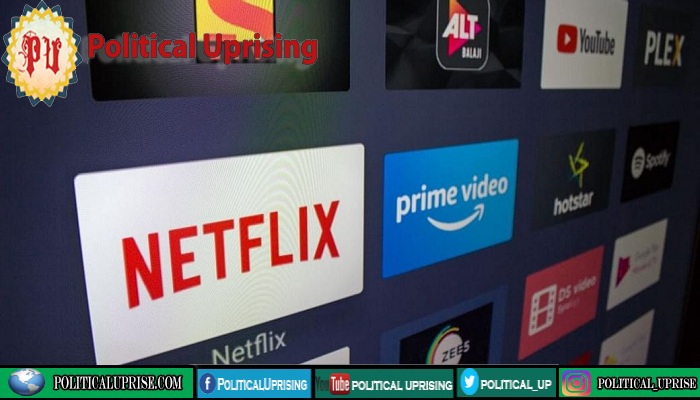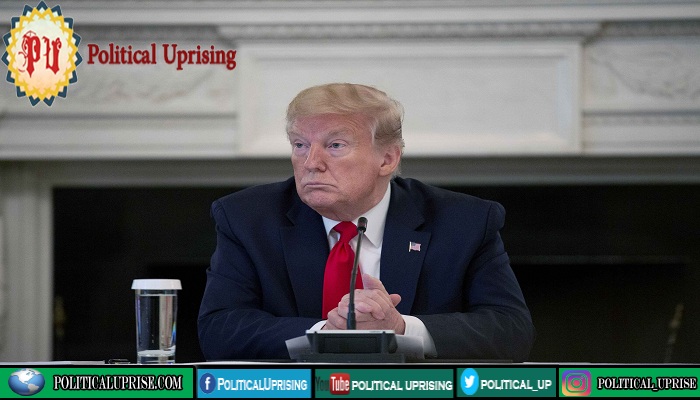New order brings online portals and content providers such as Netflix under ambit of the gov’t in a first step to regulate digital media.
India’s government has issued an order bringing the regulation of online news portals and content providers such as Netflix under the authority of the Ministry of Information and Broadcasting in a first step to regulate digital media.
News on social media platforms such as Facebook, Twitter and Instagram will also come under the ministry, as will audio-visual content on online platforms, according to Wednesday’s announcement.
Apar Gupta, executive director at the Internet Freedom Foundation, said the order set out to clarify overlapping jurisdictions between the Ministry of Information and Broadcasting and the Ministry of Electronics and Information Technology.
“Online news media portals as well as OTT [over-the-top] streaming platforms such as Netflix” will now come under the jurisdiction of the information and broadcasting ministry, Gupta said.
However, it was not clear if news portals from other countries would be included.
According to local media, the government will pass a law in Parliament detailing the regulation of online media.
While electronic media in India is regulated by the Cable Television Networks Regulation Act of 1995, there was no law or body to oversee digital content in the past.
Wednesday’s order comes after the Supreme Court sought answers from the government last month after hearing a petition to regulate content on OTT platforms.
In September, 15 live-streaming platforms announced self-regulation to pre-empt censorship after right-wing activists called for regulation of online content.
India’s Bollywood film industry is censored by the Central Board of Film Certification (CBFC) but Netflix, Amazon Prime Video, Zee5 and other OTT platforms, which have become very popular particularly during the pandemic, are unregulated.

“Right-wing and conservative elements in the country, many of whom are the supporters of the ruling government, have been saying there is need to regulate the content on OTT platforms like Netflix and it came up ostensibly because online platforms are showing films that do not come under the regulatory ambit of CBFC and they say you are showing a lot of explicit scenes which depict sex and violence,” Paranjoy Guha Tharukta, writer and senior journalist, said.
Guha added that “The design of the government behind this move is to control online media, both fiction and non-fiction.”
Siddharth Varadarajan, founding editor of thewire.in news website, said the move is “prelude to some kind of ordinance on digital news media.”
“We have to see what the government is trying to do, what rules they are trying to bring in, but either way I don’t think this is a good sign because the fact is that the digital media is already subject to the laws of the land,” he said.
“All the restrictions that exist on regular media such as the law of defamation or various other constraints, they all apply to digital media. In addition to that, digital media has the burden of compliance with the Information Technology Act which does not apply to newspapers and news channels.
“In my view, digital media is already regulated and if the government is looking for an additional layer then this is not a healthy sign and no democracy has this kind of a thing. That in itself should give us reason to be cautious.”



